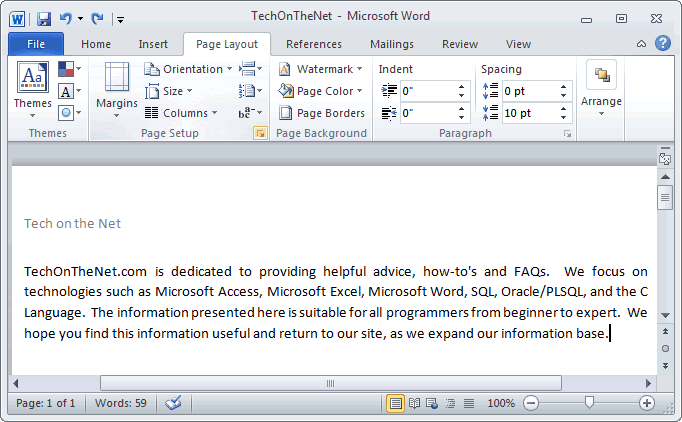Convert Vmdk To Vhd

Convert Vmdk To Vhd And Upload To Azure
The native Expand-Archive PowerShell cmdlet in WMF 5+ encounters errors when extracting the OVA. Example:New-Object: Exception calling '.ctor' with '3' argument(s): 'End of CentralDirectory record could not be found.' At C:Windowssystem32WindowsPowerShellv1.0ModulesMicrosoft.PowerShell.ArchiveMicrosoft.PowerShell.Archive.psm1:933 char:23+. IpArchive = New-Object -TypeName System.IO.Compression.ZipArchive -Ar.+ + CategoryInfo: InvalidOperation: (:) New-Object, MethodInvocationException+ FullyQualifiedErrorId: ConstructorInvokedThrowException,Microsoft.PowerShell.Commands.NewObjectCommand.
Virtualbox Convert Vmdk To Vhd
Script Source#Requires -Version 5Clear-Host# Set default variables.$ACMDirectory = 'D:ACM'$VMName = 'AC-MediatorTest'$HyperVHost = 'localhost'$OVAName = '.ova'$SourceOVAPath = '$ACMDirectory$OVAName'$DestinationVHDPath = '$ACMDirectory$VMName.vhd'$vSwitchName = 'vSwitch'# Import the Microsoft VM Converter Powershell Module.# Install from 'C:Program FilesMicrosoft Virtual Machine ConverterMvmcCmdlet.psd1'Import-Module -Name 7Zip4Powershell# Unzip the.ova file to specified directory.
Today I received a virtual machine OVA file exported from VMware, I needed to import this into Apache CloudStack where XenServer was the hypervisor.To do this I first needed to convert the OVA/OVF to VHD, this post covers how it’s done.Get the VMDK files from the OVAAn OVA file is simply a tar archive file containing the OVF directory. After renaming my.ova file to have a.tar extension, I was able to simply open it with WinRAR and extract the.vmdk files within to get the virtual machines disks. VMDK is an open format used by VMware and VirtualBox, as such we can make use of VirtualBox which is free to convert these files to VHD. Converting the VMDK file to VHDFrom my research I found that the VBoxManage.exe tool which comes with VirtualBox can be used with ‘clonehd’ to specify the new format of the disk. Basically you specify the original disk file, in this case the.vmdk, and then give a location and name to output the.vhd – for further information on this see the VirtualBox documentation.Now we run C:Program FilesOracleVirtualBoxVBoxManage.exe as below, the location of which may vary depending on where you have VirtualBox installed.
C:Program FilesOracleVirtualBoxVBoxManage.exe clonehd -format vhd M:disk1.vmdk M:disk1.vhd0%.10%.20%.30%.40%.50%.60%.70%.80%.90%.100%Clone hard disk created in format 'vhd'. UUID: 4cfba843-ca57-73s6-8f79-c5In this example we want to convert disk1.vmdk, the format is specified as vhd as this is what the output should be. Other options include VDI and RAW. Disk1 was a 25gb.vmdk file which took approximately 15 minutes to complete and when it was done I had a 60gb.vhd file. The progress should update every 10%.
SummaryThat’s all there is too it, a simple command from VirtualBox can be used to convert a VMDK file to VHD, or in this case a OVA/OVF which contained VMDK files to VHD. This VHD was then successfully imported into Apache CloudStack, it could also be used with other hypervisors that support the VHD format such as Hyper-V.
 Open a multipage document in Word. On the first page, double-click at the top of the document in the area where the header will appear or at the bottom of the page where the footer will appear to open the Header & Footer tab on the ribbon. .
Open a multipage document in Word. On the first page, double-click at the top of the document in the area where the header will appear or at the bottom of the page where the footer will appear to open the Header & Footer tab on the ribbon. .